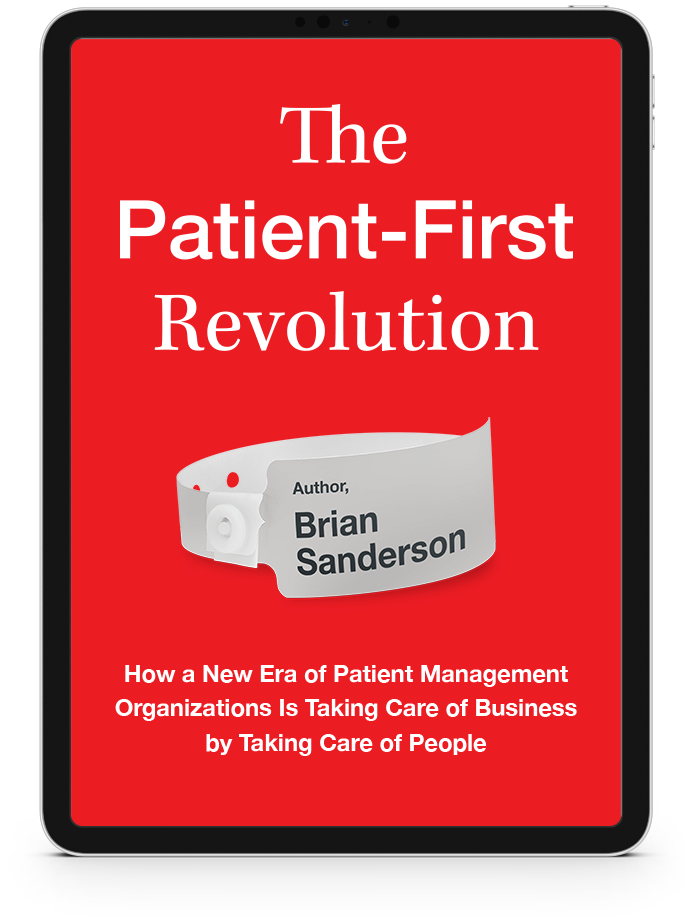Wearable Technology in Healthcare: How to Prepare for the Revolution
Imagine a world where patients are notified when their blood pressure drops and they need to seek care immediately.
Or where doctors can base their diagnoses on complete patient history data, and real-time readings on everything from their blood oxygen levels to how much they exercise.
Or even where a caretaker can ask Alexa whether their elderly mother has eaten well enough today and get a definitive answer with data from her calorie counter wearable.
Seems like some utopian dream, right?
Well, guess what?
We already live in that world.
Through wearable tech and at-home monitoring devices, doctors can get 24/7 real-time data on a patients’ physiological systems.
They can alert patients when they need to get treatment.
They can get ahead of, treat and even prevent chronic diseases.
And this is only the beginning.
But despite having all the tools in place, organizations have been slow to fully adopt remote patient monitoring.
That’s about to change—because soon, there won’t be a choice if providers want to stay in business.
How Wearable Technology Will Transform Healthcare
As I talk about in my book, The Patient-First Revolution, this unprecedented digital transformation is causing hospitals and care providers to think patient-first if they want to survive for the long haul.
Patients now have more choices, accessibility, and information than ever.
And that’s leading to more and more healthcare organizations adopting a patient management organization mindset—where they utilize technology to provide more efficient and effective care.
And wearable health technology is a huge catalyst behind this movement.
Through smartwatches and wearable monitors, care providers can now get real-time biometric data on their patients.
They can see:
Blood oxygen levels
Blood pressure
Mental health information
Exercise levels
Calorie consumption
Sleep patterns
Breathing patterns
And so much more
And care providers can use this never-before-seen, never-before-accumulated data to provide more tailored care and inform their diagnoses for each patient.
Specifically, this will enable them to:
Catch the development of diseases early (the wearables can help spot symptoms)
Reduce chronic diseases and conditions by notifying patients when their levels are abnormal
Notify patients to seek immediate care when they are experiencing a potential cardiac event.
Help patients live healthier lifestyles by making specific and timely recommendations based on real data
Each of these together will lead to better, faster, more personalized care.
And as hospitals and health systems move towards becoming “Patient Management Organizations” through this technology, they’ll also start to recover market share and increase their patient lifetime value.
Because you take care of business by taking care of people.
Where Is The Wearable Tech Industry Now & Where Is It Going?
A trend that started with simple fitness trackers (FitBits and Apple Watches) has turned into a booming industry.
According to Grand View Research, the market was valued at 40.65 billion in 2020 and is expected to grow at a compound annual growth rate of 13.8% until 2028.
And COVID-19 has only accelerated this growth (and general digital transformation in healthcare).
Wearable tech and remote patient monitoring are more than just fads or temporary solutions during the pandemic—it’s the future of the entire industry.
Why Most Health Organizations Haven’t Made The Shift
At this point, you’re probably wondering why many care providers still haven’t fully adopted this technology.
And that’s a great question.
It’s certainly not because they are silly or archaic.
It mainly has to do with the fact that adopting this technology and becoming a Patient Management Organization is a drastic shift.
It makes you focus on technology, integration and an overhaul of entire systems.
And the sheer amount of ambiguity around how to successfully implement this technology and the options available can be completely overwhelming.
But delaying this digital transformation within your organization is a mistake.
Wearable tech, remote patient monitoring, and easily accessible patient information (by providers) are the future of healthcare.
Soon, many face-to-face patient-clinician interactions and in-office diagnostics will disappear.
Healthtech startups and patient-first organizations will take advantage of the trend towards remote care.
And if you don’t join them, your market share will continue to decline.
The Time to Adopt Wearable Tech Is Now
The clock is ticking.
The digital transformation is already well underway, and you’re likely seeing your market share dwindle because of it.
But by becoming a patient management organization, you can reverse the trend and see explosive growth during this unprecedented time.
Want to know how you can adopt this mindset?
Click here to get instant access to a FREE chapter of The Patient-First Revolution that will walk you through the process step-by-step.


